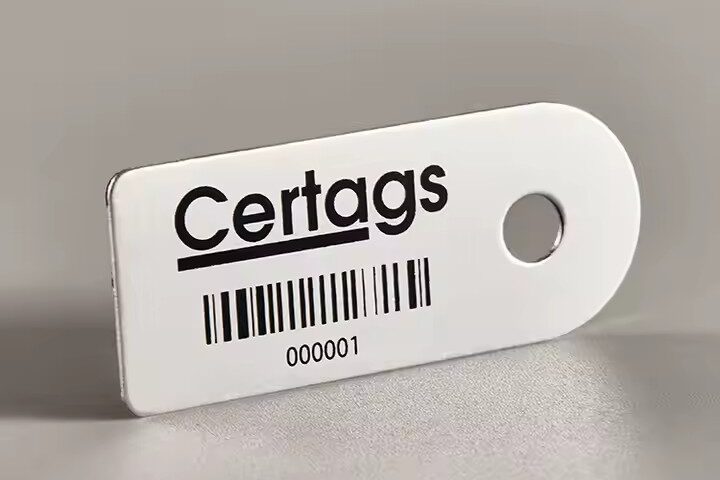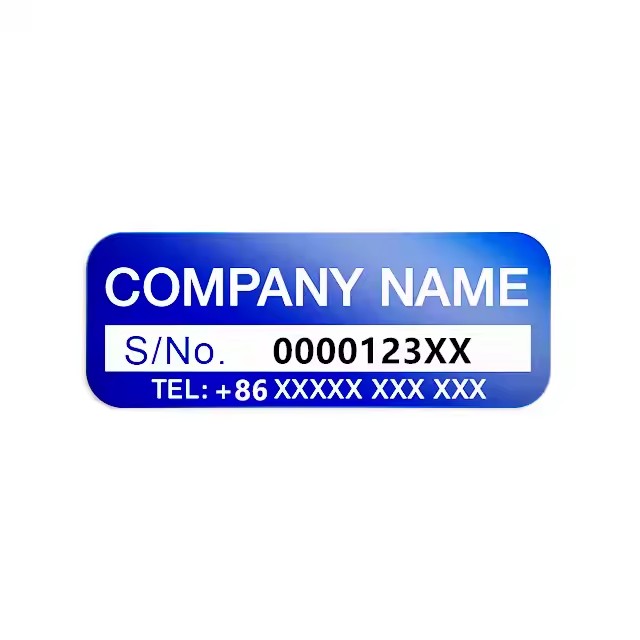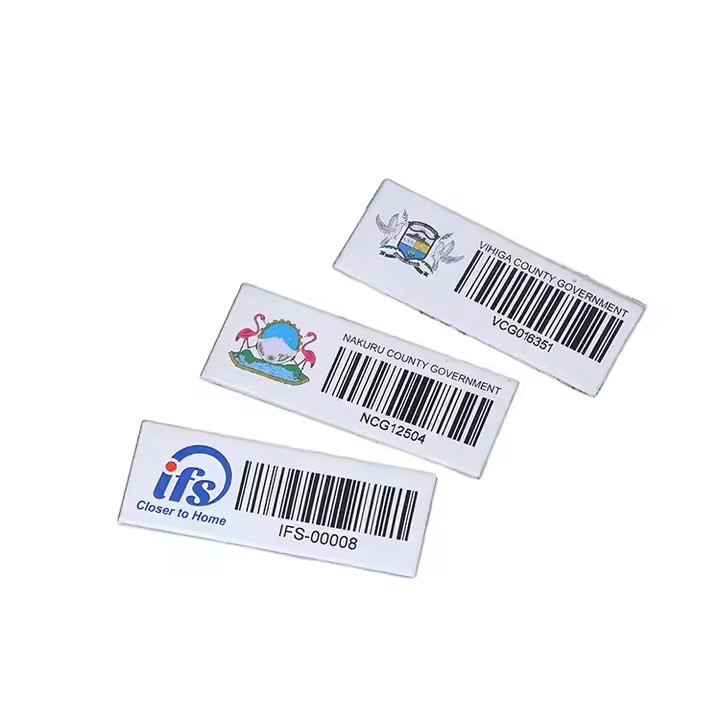Durability Testing of Metal Labels in Industrial Environments

Suitable Applications for Different Types of Metal Labels
23/07/2025
How High-Quality Metal Labels Win Customer Trust
31/07/2025Durability Testing of Metal Labels in Industrial Environments



Durability Testing of Metal Labels in Industrial Environments
Metal labels are commonly used in industrial settings due to their strength, longevity, and ability to maintain legibility under extreme conditions. However, not all metal labels are created equal. Before being approved for use in demanding environments, these labels undergo a series of durability tests to ensure they can withstand physical, chemical, and environmental stressors.
In this article, we’ll break down the most common durability testing methods and why they’re essential for reliable performance in industrial applications.
1. Why Durability Testing Matters
In industrial environments, metal labels face:
-
High temperatures
-
Chemical exposure
-
UV radiation and moisture
-
Abrasion and mechanical impact
-
Heavy-duty cleaning processes
Without proper testing, labels may fade, peel, corrode, or become illegible—leading to safety hazards, loss of traceability, and compliance issues.
2. Key Durability Testing Methods for Metal Labels
✅ Abrasion Resistance Test
Purpose: Simulates repeated contact, rubbing, or cleaning.
How It Works: Labels are subjected to rubbing with weighted abrasive materials or rotating pads.
Standards: ASTM D4060 (Taber Abraser test)
Outcome: Measures loss of readability, material thickness, or coating damage.
✅ Chemical Resistance Test
Purpose: Evaluates how labels hold up to chemicals such as solvents, oils, acids, or detergents.
How It Works: Labels are exposed to specific chemicals for a set period, then checked for fading, corrosion, or delamination.
Use Case: Essential for factories, refineries, and chemical plants.
✅ UV and Weather Resistance Test
Purpose: Determines the label’s ability to withstand sunlight and outdoor exposure.
How It Works: Labels are exposed to artificial UV light and moisture to simulate months or years of outdoor use.
Standards: ASTM G154 or ISO 4892
Result: Checks for discoloration, fading, or degradation.
✅ High Temperature Testing
Purpose: Tests whether labels maintain adhesion and legibility at elevated temperatures.
How It Works: Labels are baked in industrial ovens, and performance is assessed based on deformation or material failure.
Industries: Automotive, aerospace, and heavy manufacturing.
✅ Salt Spray (Corrosion) Test
Purpose: Measures corrosion resistance in high-salt environments.
How It Works: Labels are placed in a chamber with a fine salt mist over several hours or days.
Standards: ASTM B117
Result: Assesses surface corrosion, edge breakdown, and readability.
✅ Adhesion Strength Test
Purpose: For adhesive-backed metal labels, checks if the label stays affixed under stress.
How It Works: Peeling force is measured after environmental exposure.
Outcome: Determines whether labels will stay in place over time.
3. Tested Materials: How They Perform
| Material | Chemical Resistance | Abrasion Resistance | Heat Tolerance | Weather Resistance |
|---|---|---|---|---|
| Stainless Steel | ★★★★★ | ★★★★★ | ★★★★★ | ★★★★☆ |
| Anodized Aluminum | ★★★★☆ | ★★★★☆ | ★★★★☆ | ★★★★★ |
| Brass | ★★★★☆ | ★★★★☆ | ★★★☆☆ | ★★★☆☆ |
| Printed Labels | ★★☆☆☆ | ★★☆☆☆ | ★★☆☆☆ | ★★☆☆☆ |
4. Why This Matters for Industrial Clients
Choosing a metal label that has passed relevant durability tests ensures:
-
Long-term readability
-
Fewer replacements or maintenance needs
-
Better compliance with safety and quality standards
-
Greater reliability in traceability, logistics, and operations
Whether you’re labeling machinery, electrical components, or outdoor infrastructure, proven durability is essential.
🏁 Conclusion
Durability testing is a crucial step in the development and selection of metal labels for industrial use. By understanding the types of tests and what they measure, businesses can make smarter decisions and ensure their labels meet the performance demands of their environment.
If you’re sourcing metal labels for industrial use, make sure to ask your supplier about their testing standards and certifications.


